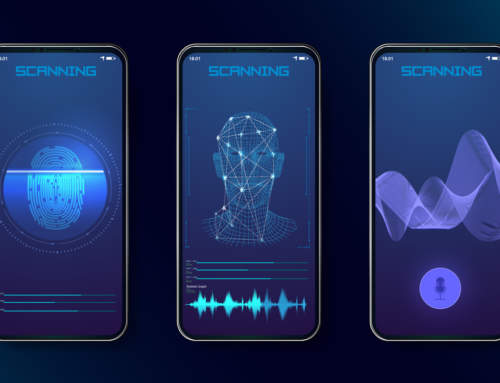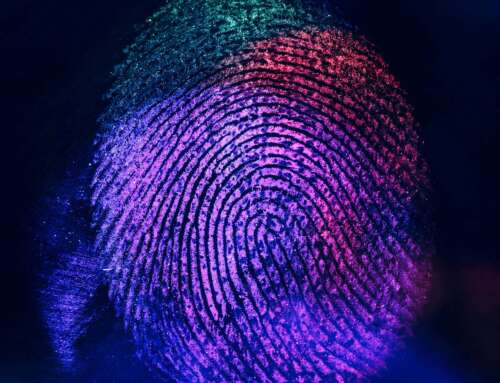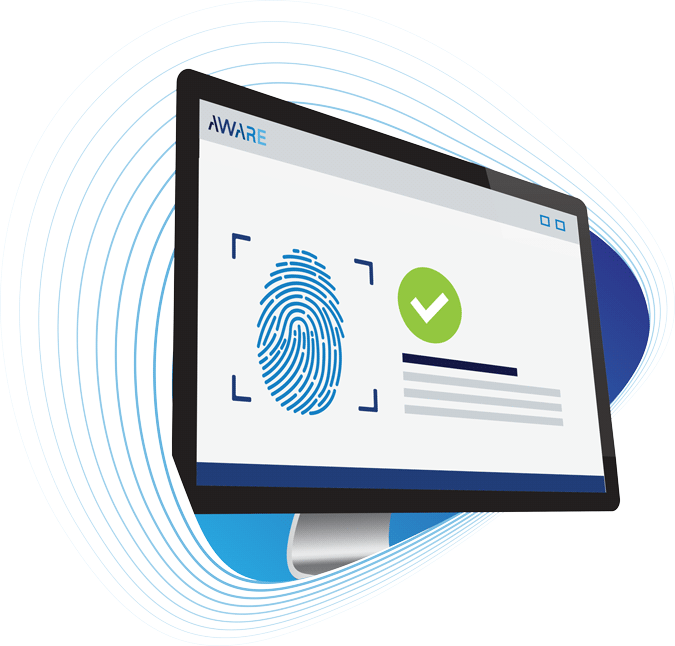Biometric technology use cases are widespread in today’s world, as biometrics continues to prove valuable in criminal investigations– with the earliest accounts of biometric use beginning in law enforcement in the 1800s. In fact, biometric technology contributes to criminal forensic investigations by associating biographic information to the individuals stored in the database, ranking the identity of persons and selecting subdivision of those from which the trace may originate. Today, the importance of solving crimes quickly remains of prime importance, giving rise to the implementation of new biometric technologies in local law enforcement.
Forensic biometric technology helps solve crimes
Forensic science is one of the important end-users of biometric technology. However, forensic biometrics is a fragmented area. The elements necessary to develop and implement new products and services are in the hands of different entities that are not necessarily partners yet: This is because the forensic data that is collected in the public sector, and the products and services are offered by the private sector and there are new forensic biometric technologies and scenarios emerging within the academic sector.
Biometric technology is used to analyze and interpret biometric data within several forensic applications and help the forensic expert:
- Demonstrate the existence of an offence
- Investigate offences (forensic investigation/intelligence)
- Individualize a perpetrator (forensic evaluation at source level)
As an example, one local law enforcement agency invested in forensic biometric technology and are happy they did. During Halloween of 2021, the Cove neighborhood in Panama City, Fl was impacted by a string of burglaries. The Panama Police Department had not been able to develop a good suspect, but with the help of their Automated Fingerprint Identification System or AFIX Tracker they developed one quickly. The AFIX Tracker was able to develop a suspect by matching fingerprints found at the crime scene in about a month. Traditionally, local law enforcement agencies need to wait two to three months to identify the prints at the scene. The AFIX Tracker allowed officials within the Panama Police Department to solve this case quickly, bring the criminal to justice and keep the Cove neighborhood safe.
Bring justice faster with the AFIX Tracker
The AFIX Tracker is a full-featured automated fingerprint, palmprint, and latent print identification solution. AFIX Tracker provides minutiae-based search capability and can be configured as a standalone system with an onboard database, or for use with centralized, server-based data stores. AFIX Tracker storage and search capabilities are fully scalable to enable use with databases of virtually any size. The AFIX Tracker is most often employed for use in crime scene investigation applications. Additionally, the AFIX Tracker connects local fingerprints to other law enforcement agencies’ database.
Solving crimes quickly and keeping communities safe is the top priority for local law enforcement agencies. With the AFIX Tracker, the Panama Police Department was able to solve a series of crimes where there was no suspect, three-times faster than they normally do. This solution has been installed in more than 500 sites across the U.S and in more than 25 countries with communities between 15,000 and 2 million in size. For local law enforcement agencies that want to protect their communities by solving crimes faster, please contact us below to learn more about the AFIX Tracker.



